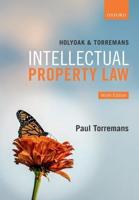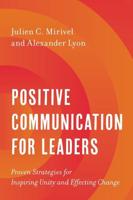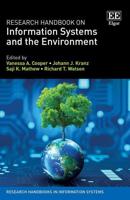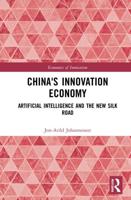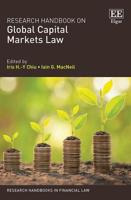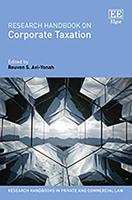Publisher's Synopsis
As a 'Specialized Agency' of the UN, the World Intellectual Property Organization aims to be the premier global forum for intellectual property services, policy, information and cooperation. Whilst many individuals, firms, institutions and governments know and use WIPO services, the ways in which it functions, how priorities are set and decisions made are less well-understood. Indeed, a diversity of WIPO's stakeholders and member governments express frustration that WIPO's governance is not only complex but at times opaque.
This practical guide offers a unique insight into how WIPO is governed, described in clear, readily accessible terms for policymakers, scholars and stakeholders. The guide reviews the origins of WIPO and sets out its current functions and activities, presenting a framework for analysing WIPO's complex governance system. The core of the text will improve the reader's understanding of WIPO in five thematic areas:
- Legal foundations, mandate and purpose
- Decision-making structures, processes and practices
- Financial arrangements (such as income sources and the budget process)
- Mechanisms for accountability and control of the Secretariat (such as policies on oversight, audit and evaluation)
- Transparency and external relations.
The text is accompanied by a number of valuable appendices, including key documents that have, to date, not been readily available to the public.
Written by a leading WIPO commentator, The World Intellectual Property Organization (WIPO): A Reference Guide is the first comprehensive reference book to illuminate the nuts and bolts of WIPO governance. It will prove an invaluable and handy resource for those who interact with WIPO on any level, as well as to researchers seeking an introduction to how the organisation works.

